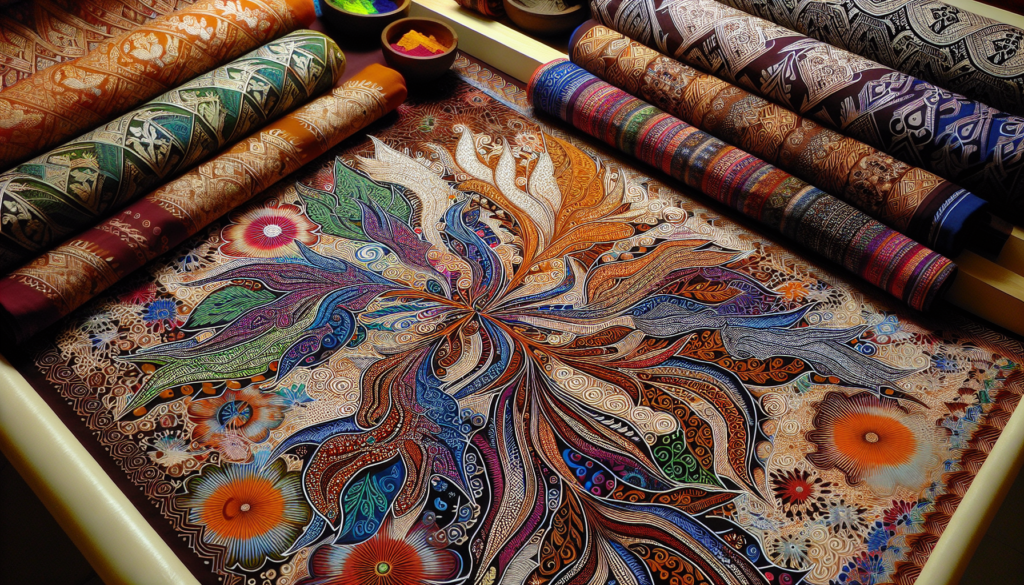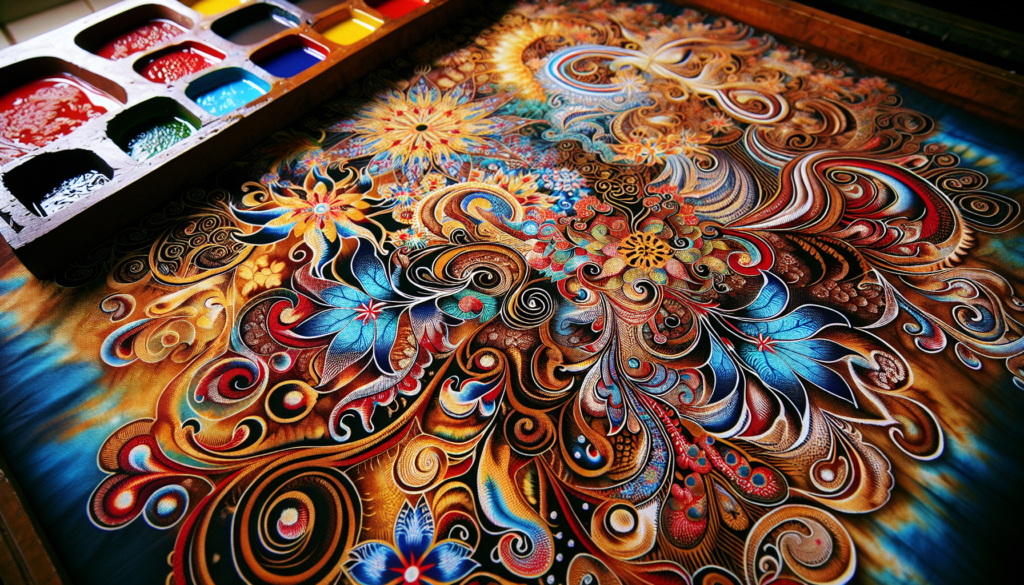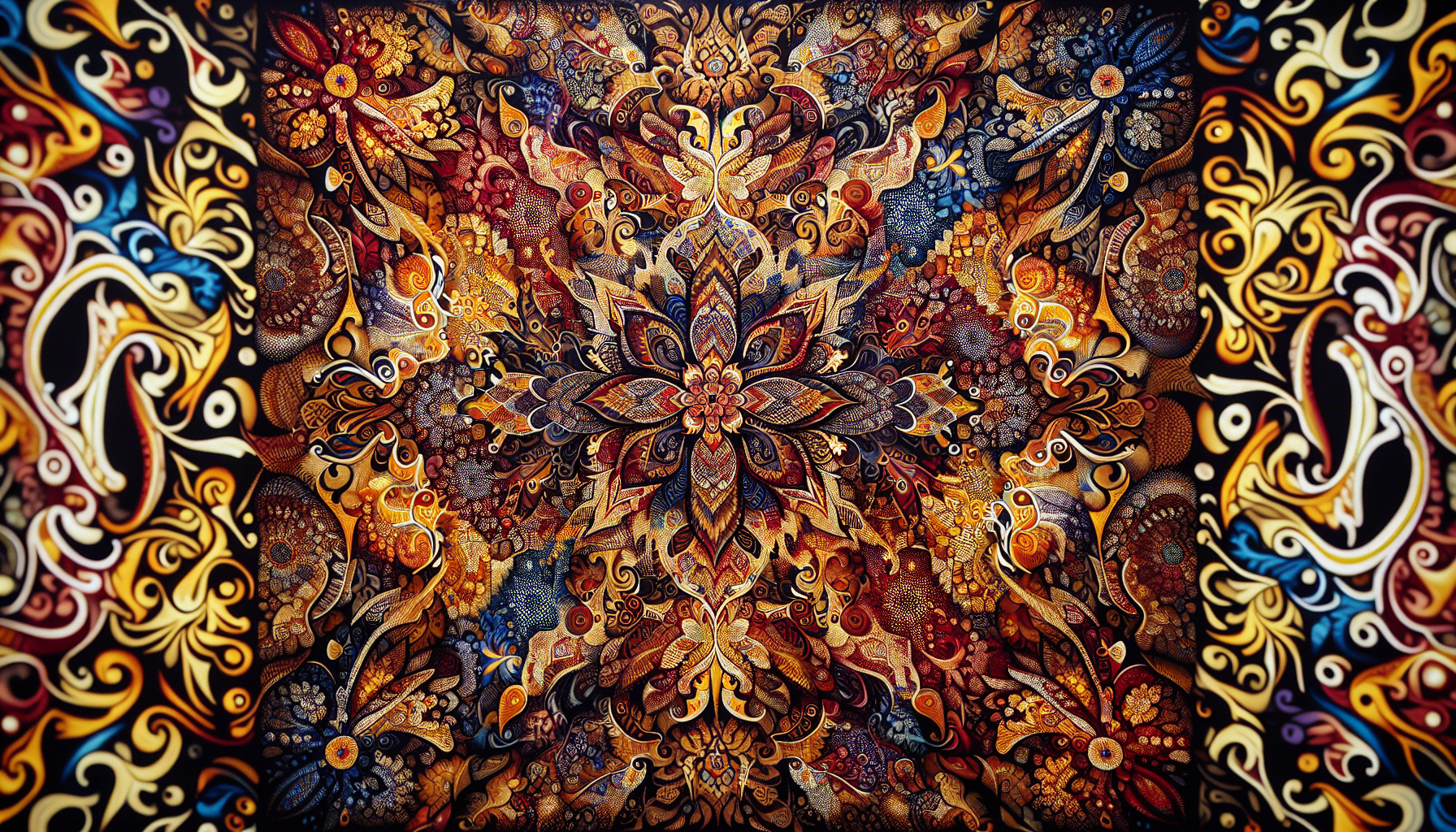Have you ever considered the intricate artistry behind a batik painting and pondered why wax plays such a pivotal role in its creation? Understanding the purpose of wax in batik painting opens a window into an ancient tradition rich with cultural significance and exquisite craftsmanship.

Understanding Batik Painting
Batik painting is a centuries-old art form that involves creating intricate patterns on fabric using a technique of wax-resist dyeing. Originating from Indonesia, it holds a significant place in the cultural and artistic expression of many regions around the world today.
Historical Background of Batik
The term ‘batik’ is derived from the Javanese word ‘ambatik,’ which means “a cloth with little dots.” Though Indonesia is widely recognized as the cultural hub for batik, similar techniques were also found in ancient China, India, and Africa. The intricate detail and vibrant colors characteristic of batik works make it a distinct and respected form of art.
The Philosophy Behind Batik Art
Beyond its aesthetic appeal, batik painting often carries symbolic meanings, stories, and historical narratives. The motifs can represent cultural identity, social status, folklore, and even convey moral messages. This depth of meaning adds a layer of richness to its visual beauty.
The Process of Creating Batik
Creating a batik painting is a meticulous process that involves several steps. Each phase requires precision and patience, contributing to the final piece’s intricate detail and vibrant colors.
Preparing the Fabric
The first step in the batik process involves selecting a suitable fabric, usually cotton or silk. The fabric must be clean and smooth to absorb dyes evenly and support the fine details of the design.
Designing the Pattern
Artists often sketch the desired pattern onto the fabric with charcoal or a pencil. This initial step allows for planning the composition and dimensions of the final piece.
The Role of Wax in Batik
Wax is perhaps the most crucial element in batik. It serves as a resist medium during the dyeing process. By applying wax to parts of the fabric, areas are protected from dye, allowing for the creation of intricate patterns and multicolored designs.
Types of Wax Used
- Beeswax: Provides excellent adhesion to fabric but is relatively expensive.
- Paraffin Wax: More affordable and commonly used, though it brittles over time.
- Mixtures: Often, artists prefer a blend to optimize performance and cost.
Applying the Wax
Artists use specialized tools called ‘canting’ for intricate lines and ‘cap’ or stamps for larger patterns. The wax is heated and then carefully applied to the fabric according to the design.
Why is Wax Used on a Batik Painting?
Understanding why wax is used in batik painting is crucial to appreciating the depth of this art form. Wax serves several critical roles in the artistic process.
Wax Provides a Dye Resist
Wax’s primary function in batik painting is to act as a resist material. By preventing dye from penetrating certain areas of the fabric, it creates contrasts, ensuring that specific parts of the design remain uncolored after dyeing.
Facilitating Multi-Colored Designs
Since batik designs often include multiple colors, wax allows artists to section off areas during sequential dyeing processes. Each layer of wax preserves previous colors, enabling complex multicolored patterns.
Creating Unique Textural Effects
As the wax cracks and breaks during handling, the dye seeps into these fissures, resulting in the characteristic crackling effect that enhances the complexity and beauty of the fabric.
Preservation of Fabric Quality
Waxing prevents excessive dye absorption, ensuring that the fabric retains its softness and durability even after multiple dye applications. This is particularly important for wearable batik items that require both aesthetic appeal and practicality.
The Artistic and Cultural Significance of Wax in Batik
Wax is not only a technical component of batik creation but also part of its artistic and cultural narrative. The way wax is used reflects both individual creativity and traditional methods passed down through generations.
Traditional Knowledge Transmission
The art of wax application in batik is often taught through hands-on experience and observation. Mastery of this skill is revered, contributing to one’s standing as an artisan within the community.
Cultural Identity and Expression
For many, the method of wax use in batik symbolizes cultural identity. Specific motifs and wax application techniques are often associated with particular regions or communities, playing a role in preserving cultural heritage.

Challenges in the Use of Wax for Batik
While wax serves numerous functions in enhancing batik artistry, it is not without challenges. Understanding these difficulties can further illuminate the skill and dedication involved in batik craftsmanship.
Technical Difficulties
- Uniformity: Ensuring an even layer of wax is complex, affecting the final dyeing outcome.
- Consistency: The wax temperature must be carefully maintained to optimize flow and adhesion.
Environmental Concerns
The use of paraffin wax, a petroleum product, raises sustainability issues. As global awareness of environmental impacts grows, artists are increasingly seeking alternative, eco-friendly options.
Preservation and Care of Batik Art
Batik fabrics require careful maintenance to preserve their vividness and clarity over time. The waxing technique plays a significant role in its long-term preservation.
Innovations and Trends in Batik Wax Usage
As batik continues to evolve, modern techniques and innovations are influencing traditional wax usage.
Alternatives to Traditional Wax
To address ecological concerns, some artists are experimenting with plant-based waxes, which offer a sustainable alternative to traditional products.
Technological Enhancements
Digital design tools and automated waxing solutions are merging with traditional batik techniques, expanding creative possibilities and efficiency without sacrificing artisanal values.
Conclusion
The significance of wax in batik painting is profound, spanning from practical functionality to deep cultural meaning. Its role as a resist material fundamentally shapes the design and color intricacies distinctive to batik artistry. By understanding the unique applications and techniques involved in waxing, one gains insight into an art form that bridges aesthetic brilliance and cultural tradition. Through both traditional approaches and modern innovations, wax remains an indispensable element in the enduring appeal of batik painting.
Summary Table: Key Points
| Aspect | Details |
|---|---|
| Purpose of Wax | Acts as a resist to dye, enables multicolor designs, creates texture |
| Types of Wax | Beeswax, paraffin wax, mixtures |
| Application Tools | Canting for lines, cap for patterns |
| Cultural Significance | Symbolizes identity, tradition in technique |
| Challenges | Uniform application, sustainable alternatives |
| Modern Trends | Plant-based wax, technological aids |
This exploration of the role of wax in batik painting underscores its importance, inviting a deeper appreciation for this intricate and symbolic art form.



